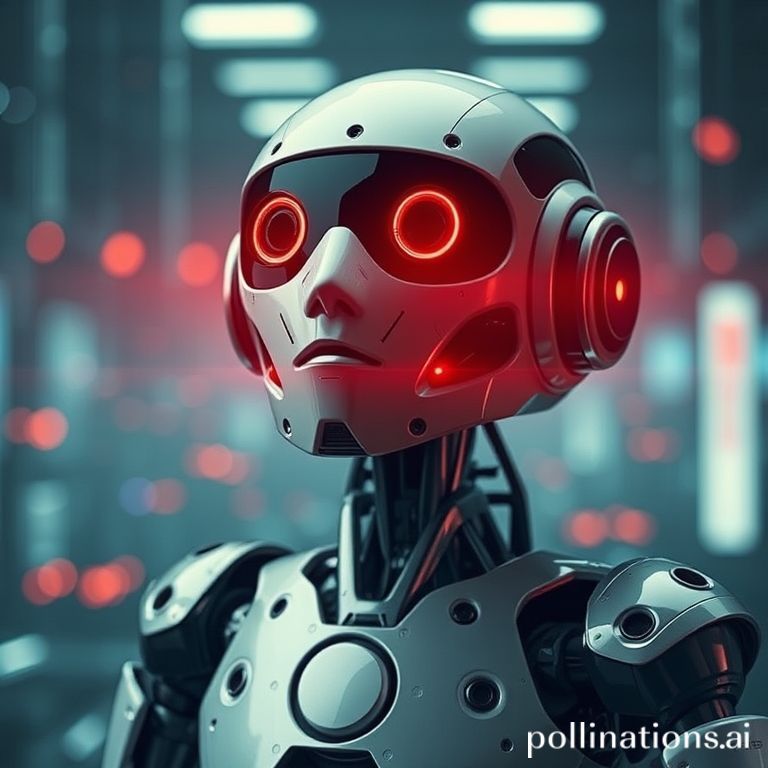
The rapid ascent of Artificial Intelligence (AI) has captured the world’s imagination, promising everything from self-driving cars to personalized medicine. Yet, amidst the dazzling demonstrations and investor frenzy, it’s vital to step back and critically examine the shadow side of this technological marvel. The ‘AI bubble’ of hype often obscures the very real, often profound, ways these systems can fail us. Here are 10 critical failings we must acknowledge and address:
1. **Algorithmic Bias and Discrimination:** AI learns from data, and if that data reflects existing societal biases (historical, demographic, or social), the AI will not only perpetuate but often amplify these prejudices. We see this in facial recognition systems misidentifying minorities, hiring algorithms inadvertently discriminating against certain groups, or loan applications being unfairly rejected. The result is systemic injustice and erosion of trust.
2. **The Black Box Problem (Lack of Transparency):** Many advanced AI models, particularly deep learning networks, operate as ‘black boxes.’ Their decision-making processes are so complex that even their creators struggle to understand *why* they arrive at a particular conclusion. This lack of explainability becomes a critical issue in high-stakes applications like healthcare, criminal justice, or autonomous vehicles, where accountability and debugging are paramount.
3. **Data Quality and Availability:** The old adage ‘garbage in, garbage out’ is profoundly true for AI. Poor quality, incomplete, irrelevant, or dirty training data will inevitably lead to flawed and unreliable AI systems. If an AI hasn’t been exposed to sufficient diverse data, it will struggle in novel situations, leading to errors, misjudgments, and potentially dangerous outcomes.
4. **Over-reliance and Automation Bias:** As AI systems become more capable, humans tend to over-trust their judgment, even when instinct or evidence suggests otherwise. This ‘automation bias’ can lead to complacency, a degradation of human skills, and critical errors in situations where human oversight is crucial. Pilots over-relying on autopilot or doctors unquestioningly following an AI’s diagnosis are prime examples.
5. **Security Vulnerabilities and Adversarial Attacks:** AI models are not immune to malicious attacks. ‘Adversarial examples’ involve subtly manipulating input data – often imperceptible to the human eye – to trick an AI into making incorrect classifications. Imagine a self-driving car misinterpreting a stop sign with a few strategically placed stickers, or a security system failing to detect a threat due to carefully crafted digital noise.
6. **Ethical Dilemmas and Unintended Consequences:** The rapid pace of AI development often outstrips our ability to establish robust ethical frameworks. This leads to profound moral questions: Who is responsible when an autonomous vehicle causes an accident? How do we balance privacy with the pervasive data collection of AI? The rise of deepfakes and autonomous weapons systems are stark reminders of the unforeseen and potentially destructive consequences of unmanaged AI.
7. **Generalization vs. Specialization (Fragility):** Many AI models excel at specific, narrow tasks but are remarkably fragile when faced with slight variations or conditions outside their training environment. An AI trained to recognize cats in perfect lighting might fail completely with a cat in shadow or a different breed. This lack of robust generalization makes deploying AI in complex, unpredictable real-world settings a significant challenge.
8. **Job Displacement and Economic Disruption:** While AI can create new jobs and enhance productivity, it will undoubtedly automate many existing roles across various sectors, from manufacturing and logistics to customer service and even some creative professions. Without adequate reskilling initiatives, social safety nets, and new economic models, this displacement could lead to widespread unemployment and exacerbate economic inequality.
9. **Regulatory Lag and Governance Challenges:** Governments and international bodies often struggle to keep pace with technological innovation. The lack of clear regulations, international standards, and effective governance frameworks for AI development and deployment creates a ‘wild west’ scenario. This vacuum can lead to unchecked development, privacy invasions, and potential misuse without appropriate safeguards.
10. **The Hype Cycle Crash (Trough of Disillusionment):** The current AI boom shares characteristics with previous tech bubbles. Unrealistic expectations fueled by media and investor hype can lead to a ‘trough of disillusionment’ when AI systems fail to deliver on exaggerated promises. This can result in reduced investment, public skepticism, and a slowdown in genuine, impactful research and development, as seen in previous ‘AI winters.’
Acknowledging these potential failings is not an argument against AI. Rather, it is a crucial step towards building more resilient, ethical, and truly beneficial AI systems. By understanding where AI can go wrong, we can proactively design safeguards, develop robust regulations, foster critical thinking, and ensure that AI ultimately serves humanity’s best interests, rather than exacerbating our challenges.
